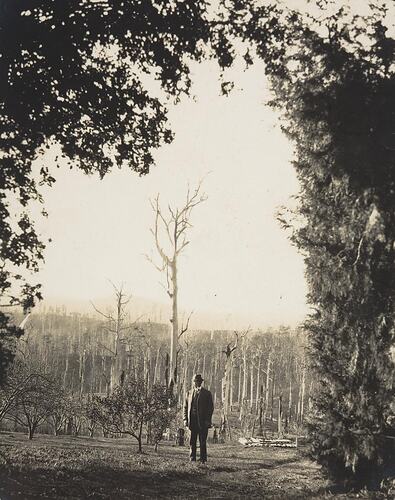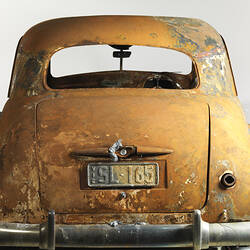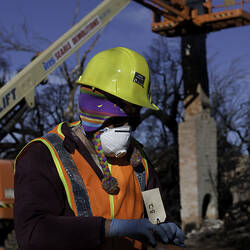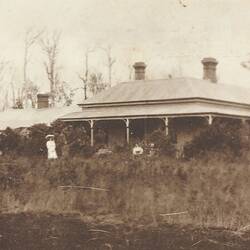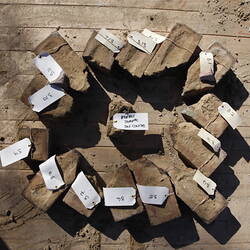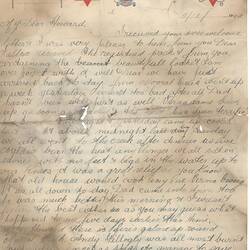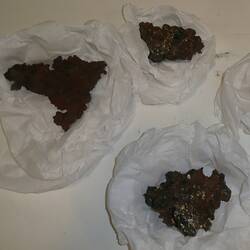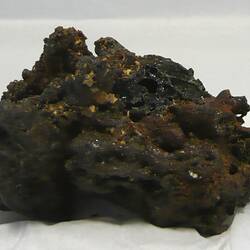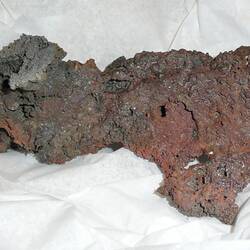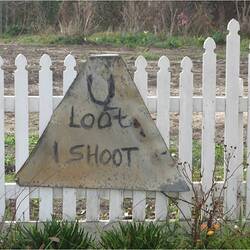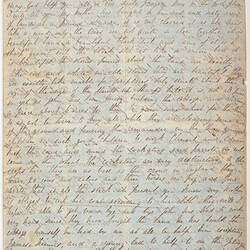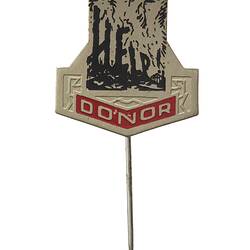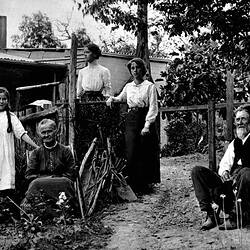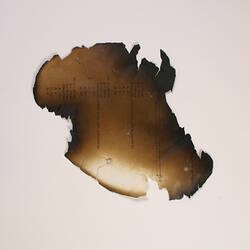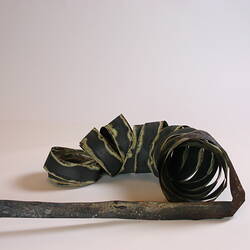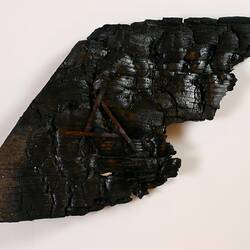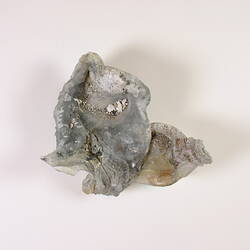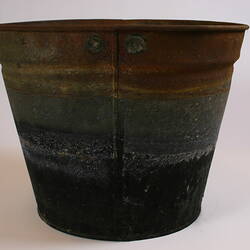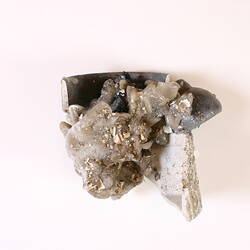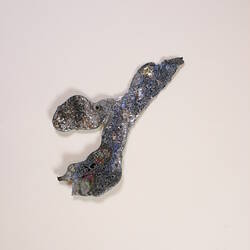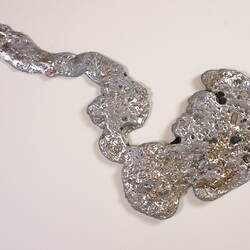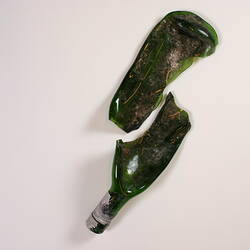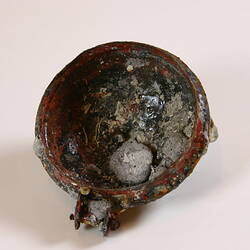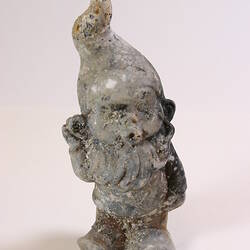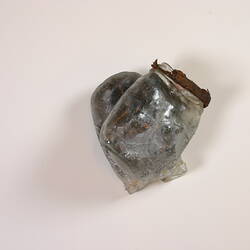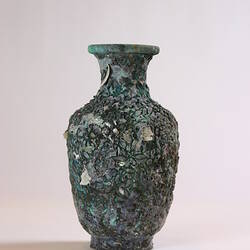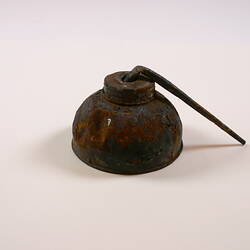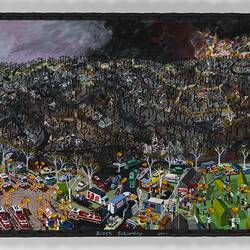In February 2009 Victoria experienced the most deadly bushfires in Australia's recorded history. The fires reached their peak on Black Saturday, 7th February, and took an unprecedented toll: 173 people lost their lives and 414 were injured.
A key item collected by Museum Victoria in 2009 was a chimney from Kinglake. This not only documents the impact of the February 2009 bushfires, it was also a witness to the Black Sunday bushfires that burnt through Kinglake on 1st February 1926, and so represents the long and recurring history of bushfires in Victoria.
While bushfires occur every year, some have a devastating impact on communities and landscapes. The most catastrophic of these bushfires have been named after the day of the week in which they occurred; for example: Black Thursday 1851, Black Monday 1865, Black Sunday 1926, Red Tuesday 1898, Black Friday 1939, Ash Wednesday 1983 - and now Black Saturday 2009.
Bushfires threaten life and property but also regenerate Victoria's eucalyptus forests. They are a natural and essential feature of our ecosystem. The fire-dependent eucalypt forests of Victoria, together with drier and more extreme weather conditions, make this the one of the most fire-prone places on earth.
As climate is becoming more variable and more people are living closer to bushland, fire will continue to impact our lives and shape our history.
References:
The Romsey Australia website, Summary of major Bushfires Since 1851, http://romseyaustralia.com/firesum.html, viewed 17-05-2019.
More Information
-
Keywords
-
Localities
-
Authors
-
Article types
